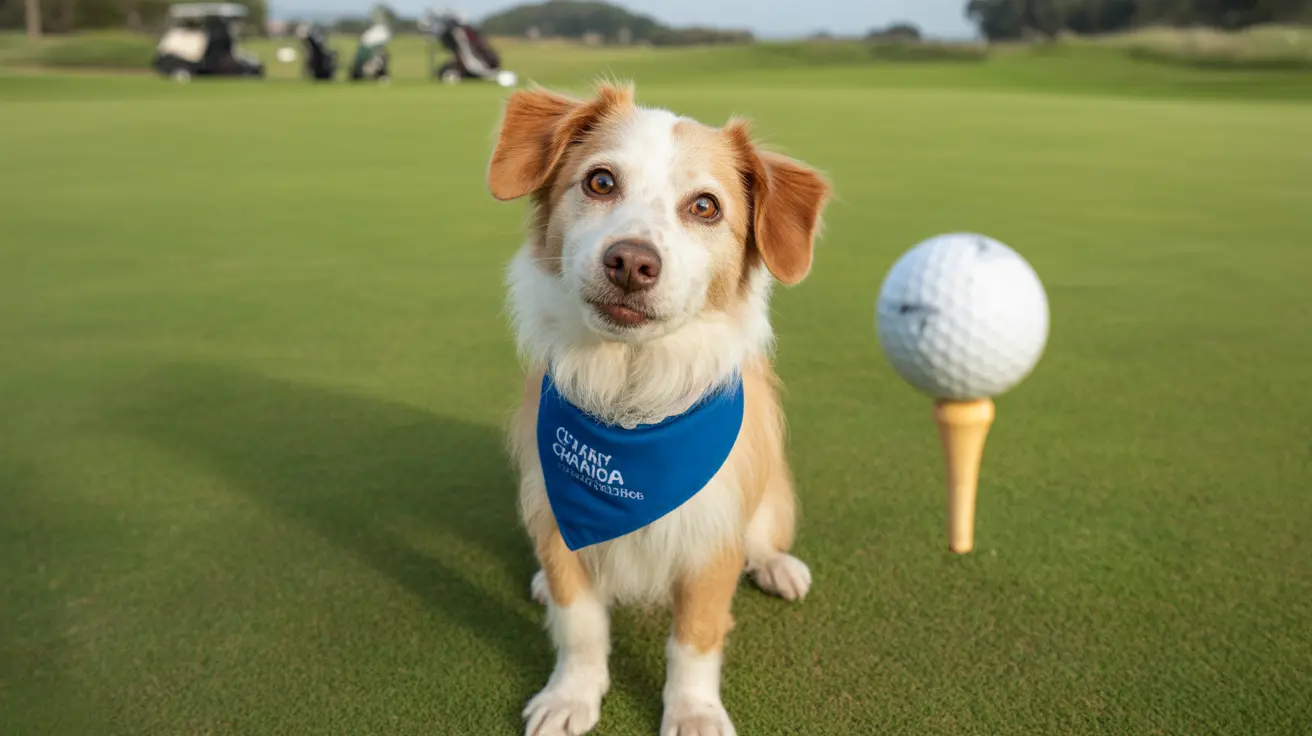If you've noticed your dog showing signs of discomfort or reluctance to move, dog back pain might be the culprit. This common condition can significantly impact your pet's quality of life, but understanding its causes and recognizing early warning signs can help ensure prompt treatment and better outcomes.
As responsible pet owners, it's crucial to be informed about this potentially serious condition that affects dogs of all ages and breeds. Let's explore everything you need to know about identifying, treating, and preventing back pain in your canine companion.
Common Causes of Dog Back Pain
The most frequent cause of back pain in dogs is Intervertebral Disc Disease (IVDD), particularly affecting breeds with long backs such as Dachshunds, Corgis, and Pugs. This condition occurs when the cushioning discs between vertebrae deteriorate or rupture, putting pressure on the spinal cord.
Other common causes include:
- Osteoarthritis and age-related degeneration
- Trauma from accidents or falls
- Muscle strains and soft tissue injuries
- Spinal infections
- Tumors affecting the spine
Recognizing the Signs of Back Pain
Physical Symptoms
Dogs experiencing back pain often display various physical indicators:
- Reluctance to move or jump
- Hunched or arched back
- Stiffness when walking
- Yelping when touched or moved
- Difficulty climbing stairs or getting up
Behavioral Changes
Watch for these behavioral signs that might indicate back pain:
- Decreased activity levels
- Aggression when handled
- Changes in eating habits
- Restlessness or inability to get comfortable
- Excessive licking of specific areas
Diagnosis and Treatment Options
Veterinarians diagnose back pain through physical examination, neurological tests, and often imaging studies like X-rays or MRI scans. The treatment approach depends on the underlying cause and severity of the condition.
Conservative Treatment
Mild cases often respond well to:
- Rest and restricted activity
- Pain medication and anti-inflammatories
- Physical therapy
- Weight management
- Controlled exercise
Advanced Interventions
Severe cases might require:
- Surgical procedures
- Specialized rehabilitation
- Long-term pain management protocols
- Regular monitoring and adjustments to treatment plans
Prevention and Long-term Management
Taking proactive steps can help prevent or minimize back pain in dogs:
- Maintain a healthy weight
- Use proper lifting techniques
- Provide appropriate exercise
- Install ramps or steps for furniture access
- Regular veterinary check-ups
Frequently Asked Questions
What are the most common causes of back pain in dogs?
The most common causes include IVDD, osteoarthritis, trauma, muscle strains, and in some cases, infections or tumors affecting the spine.
How do I recognize signs of back pain in my dog?
Look for symptoms like reluctance to move, yelping when touched, hunched posture, difficulty getting up or lying down, and changes in normal behavior or activity levels.
What are the best ways to naturally relieve back pain in dogs at home?
Natural relief methods include rest, gentle massage, warm compresses, and controlled exercise as approved by your veterinarian. Always ensure proper bedding and avoid activities that might aggravate the condition.
Can my dog recover from severe back pain or spinal injuries, and what are the chances?
Recovery chances depend on the cause and severity of the condition. With proper treatment, many dogs recover well from mild to moderate cases. Severe cases may require surgery, with success rates varying from 50-90%.
What steps can I take to prevent back pain in my dog?
Prevent back pain by maintaining a healthy weight, providing appropriate exercise, using ramps or steps for furniture access, and avoiding activities that put excessive strain on your dog's back.
Remember, while back pain in dogs is common, early intervention and proper care can make a significant difference in your pet's recovery and long-term well-being. Always consult with your veterinarian if you suspect your dog is experiencing back pain.






